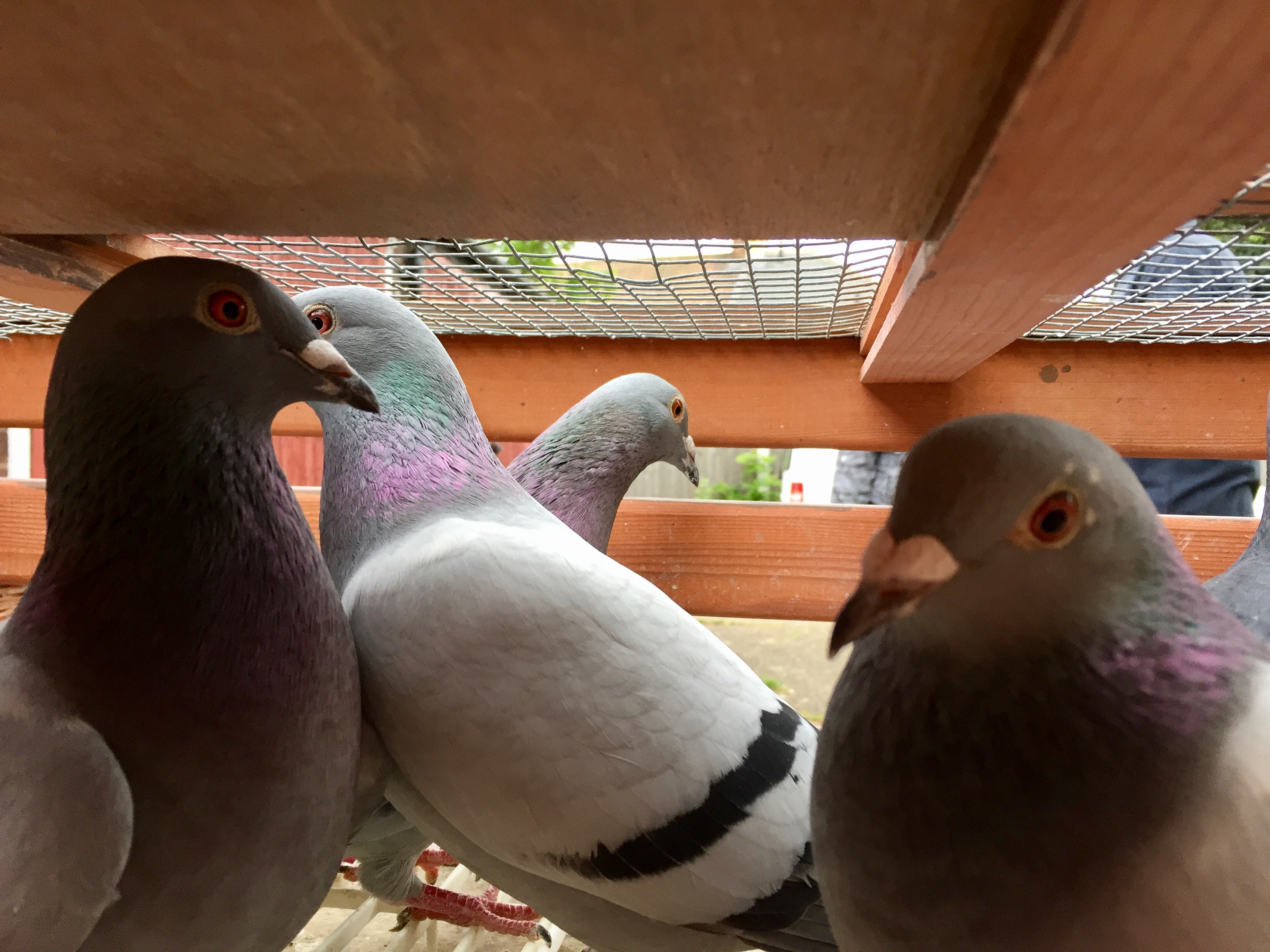I’m finishing up writing the third Dave Pigeon book, ‘Dave Pigeon (Racer!)‘ and Sheena has just finished the cover, (which I have seen, by the way, and it is MAGNIFICENT and we cannot wait to reveal that to you all in the next few months).
One of my favourite bits of the writing process is the research. Now I know what you’re thinking, I sit around all day in my pyjamas and write whatever’s rolling around in my head and to some extent that’s true, but the key to making a story readable is to make sure some element of it is believable and that’s when the research comes in.
In ‘Dave Pigeon‘, Dave and Skipper type up their story on a typewriter. Well, did you know that pigeons can be taught to read the alphabet? True fact.
In ‘Dave Pigeon (Nuggets!)‘, Dave and Skipper meet a secret agent spy pigeon, and did you know in the two world wars, pigeons were taught to fly messages across from camp to camp as it was one of the fastest ways to get messages across the warring nations? Also a true fact.
So despite the books being fiction, an element of research and reality does go into my writing. (Another a true fact.)
Last night, I had my research hat on and I left my writing desk to visit Dagenham Trades Hall Flying Club where the club’s pigeon fanciers had gathered to prepare for a pigeon race. We met Steve from the Royal Pigeon Racing Association who gave us a run through of what it is like for a racing pigeon.

The racing season, here in the UK, runs from April to September, with the older birds flying the first half and the younger birds flying the second half. For two to three weeks before the season, fanciers, (these are people who breed and train pigeons), exercise their pigeons and make sure they are well fed and watered, much like a professional athlete.
The day before the race the fanciers take their pigeons from their lofts down to a ‘marking station’.

Each pigeon is taken to the marking team where their ring number is checked.

A rubber band is then placed on the pigeon’s leg, which has a number corresponding to their entry form.

Pigeon racing is a big deal, so lots of precautions are taken to avoid tampering and illegal activity.
Timing clocks are synchronised, ready to collect the rubber bands on the pigeons return home.

Pigeons are placed into a crate which is then loaded onto the pigeon lorry, which will travel through the night to the site where the pigeons are released.

This is called the liberation site and can be up to 500 miles away from home. Once the pigeons are released the race is on!
When a pigeon arrives home to their loft, the rubber band is retrieved from its leg and placed into a timing clock. All the times are noted and the official results are released.
Despite the competitive nature of this sport, it was wonderful to see the comradery between the fanciers. The Dagenham group felt like a family. And it was clear to see the love they had for their pigeons. All are members of the Royal Pigeon Racing Association and they follow rules to make sure pigeons were treated with the utmost care and the competition is always fair.

We had such a brilliant time with the Dagenham club and can’t thank them enough for letting us join their family for such a lovely evening of race preparation and pigeon banter. Good luck to all the pigeons flying this morning. We can’t wait to hear the results.
